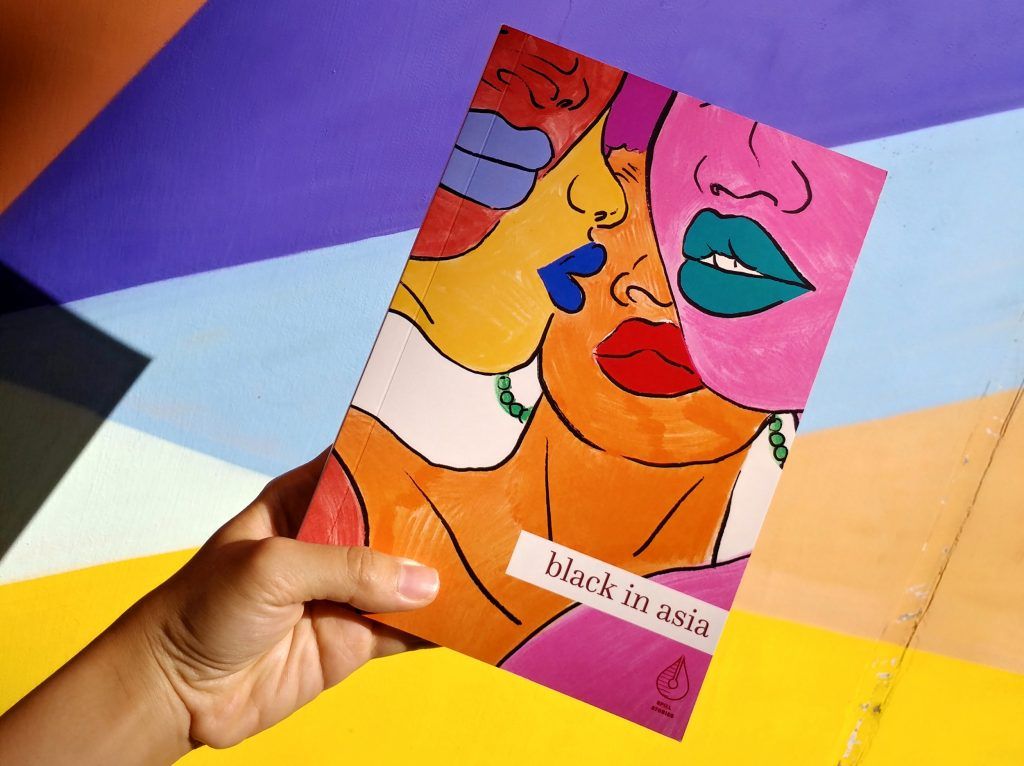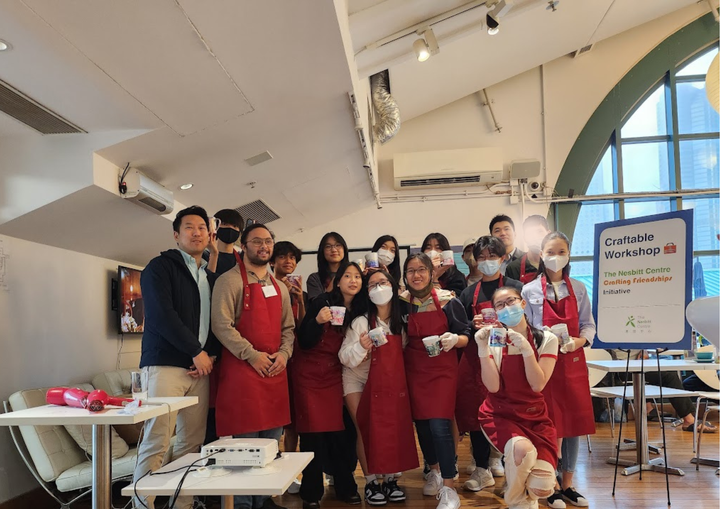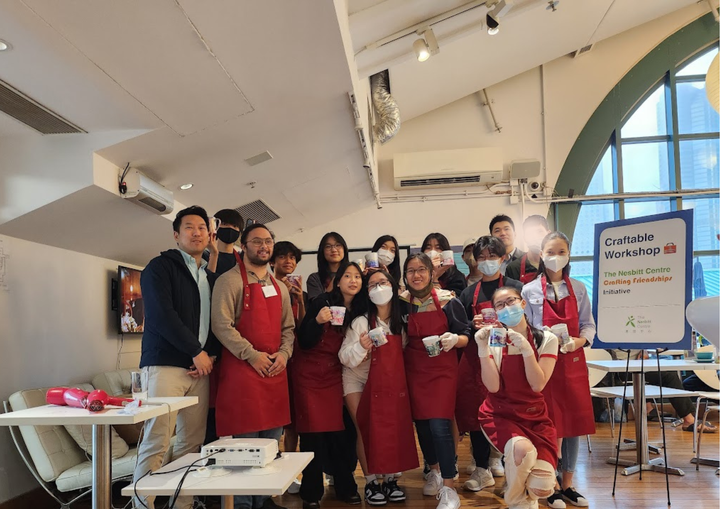Spill Stories – Hong Kong’s Tiffany Huang talks about “Black in Asia”

A few minutes every morning is all you need.
Stay up to date on the world's Headlines and Human Stories. It's fun, it's factual, it's fluff-free.
Since 2018, Spill Stories has been a community platform amplifying stories from people of color worldwide. Started in Hong Kong by founder Tiffany Huang, this platform led to the publication of “Black in Asia,” an anthology of more than 20 Black writers sharing their experiences living across Asia. We caught up with Huang for a Q&A on her inspiration for this project and how social media is changing the landscape of the publishing industry and amplifying marginalized voices.

What inspired you to begin Spill Stories?
I started Spill Stories in 2018 because I’ve always valued writing as a tool for self-expression and processing the world around me. I’ve been journaling since I was a kid growing up across Taipei and the United States.
I moved to Hong Kong in 2016, allured by a job offer in the big city. After around a year, I started to feel a bit alienated, swept up in the chaos around me. I lacked strong connections with others and felt a bit caught up in a lifestyle that left me wanting more meaning. Also during this time, I was thinking increasingly about my social identity as an Asian American and was still reeling from certain political events that made me want to support representation for women, and in particularly women of color (e.g., nonwhite women).
I created Spill Stories as a platform where women of color would write about our personal experiences honestly to create space for shared empathy and learning. I curate social topics, writers share their stories, and I edit, visualize and post them.
Has Instagram benefited as a publication medium? If yes, how so? If not, how come?
I honestly never thought of Spill Stories as a publisher until this year, but I guess we are one now, with the release of “Black in Asia.” I have no experience publishing prior to this book, so I can’t really compare Instagram versus the traditional publishing world. I will say that housing Spill Stories on Instagram was always a conscious choice, because I wanted to create social content where people were looking for it.
I’ve personally learned a lot from over two years of pushing out 110+ stories from 130+ writers. It’s been enlightening to constantly learn what kind of content does/doesn’t resonate through bite-sized pieces. Also, the benefit of waiting over two years to create our first physical book was that when the writers and I released it, we had a captive audience, which helped drive engagement. To be brutally honest, the challenging part of managing Spill Stories via Instagram is that everyone expects social content to be free, so it’s hard to pay the writers and the individuals who have helped along the way. Most upfront costs come from my personal piggy bank!
Do you think that social media is a more equal medium than traditional publishing as there are fewer gate keepers with agendas or misperceptions?
I’ve heard a bit about the lack of diversity in traditional publishing, so I do think social media helps drive content that represents more perspectives. At the same time, I think social content also has its own issues.
Social content, especially about social issues, becomes polarizing so fast. Take any simple fact, like the fact that Donald Trump got COVID-19, and you can see how social content is quickly extrapolated Left (ie, Trump’s administration is a failure and he is on his deathbed right now) and Right (ie, COVID-19 is a conspiracy theory and Trump is bouncing back faster than he would with a common cold). It’s genuinely difficult to identify the truth.
But polarizing content gets more shares, likes, and therefore, ad revenue, which keeps these platforms going. Instead of institutional gatekeepers, mass popularity of content becomes the ultimate gatekeeper that informs what publication platforms rise and don’t rise, and I’m not sure that’s objectively better.
With the increase of right wing populism, do you think it is important to use social media or platforms for giving voice to women?
Of course. It’s always important to amplify women’s voices, particularly women who are not white and whose heritages involve forms of oppression like colonization, slavery and imperialism. Because of what I mentioned above (re: social content, political polarization), I think it’s really important to share nuanced perspectives from women of color.
What has been a cool surprise of doing Spill Stories and Black in Asia?
The book has actually created a real moment of reflection for me. I have to say that the book forced me to conclude that any platform that stands for women of color needs to have Black women at the forefront. Whereas my intention in 2018 was to promote intersectional stories across racial lines, the phrase “women of color” is actually coined by Black women. There’s too much I don’t understand as an Asian American, so it’s not right for me to champion the platform myself.
So one thing that’s cool is that I’m actually starting a Spill Stories podcast with one of the “Black in Asia” writers, Dyondra Wilson. She is from New York and living in Seoul, and the whole purpose of the podcast will be to explore what an intersectional friendship looks like and share dialogue on social issues from both Black and Asian perspectives.
How did Black in Asia come about?
“Black in Asia” was originally a prompt for a virtual writers workshop back in March. We landed with around a dozen people attending and six really good pieces. After George Floyd’s murder, it felt important to share these pieces. The support we received was overwhelming, and 17 more pieces ended up being submitted over time. People shared the pieces with their friends, and writers slid in the DMs to say they also wanted to share their story.
The whole series was very fluid – I would post a piece, get a DM, revise another piece, and try my best to coordinate the release of all of the stories online. Halfway through, the writers and I decided to make the whole thing into a book, and voilà! We did just that. The book has stories spanning places like Myanmar, Mongolia, Hong Kong, South Korea, Taiwan, mainland China, Singapore, Japan, Thailand and Vietnam.
What was a hurdle in its creation?
Time was the biggest hurdle. I have a full-time job, so it’s been challenging to juggle my day job and Spill Stories. Creating and launching the book required a lot of effort, not only from me, but also from the writers too. I have these cycles where I get super overwhelmed. I am still trying to find ways to more effectively manage my time and ask for help.
Have the contributors expressed any catharsis from being able to give voice to their experience?
Definitely. I hope our little project contributes to the amazing work the writers are already doing in Asia. Many of them work in creative fields as models, musicians and artists. Some of them are teachers. I hope the work has offered recognition for the boldness with which they have approached their lives.
Is your business doing something cool that you want to show off? Get in touch at hello@themilsource.com




Comments ()